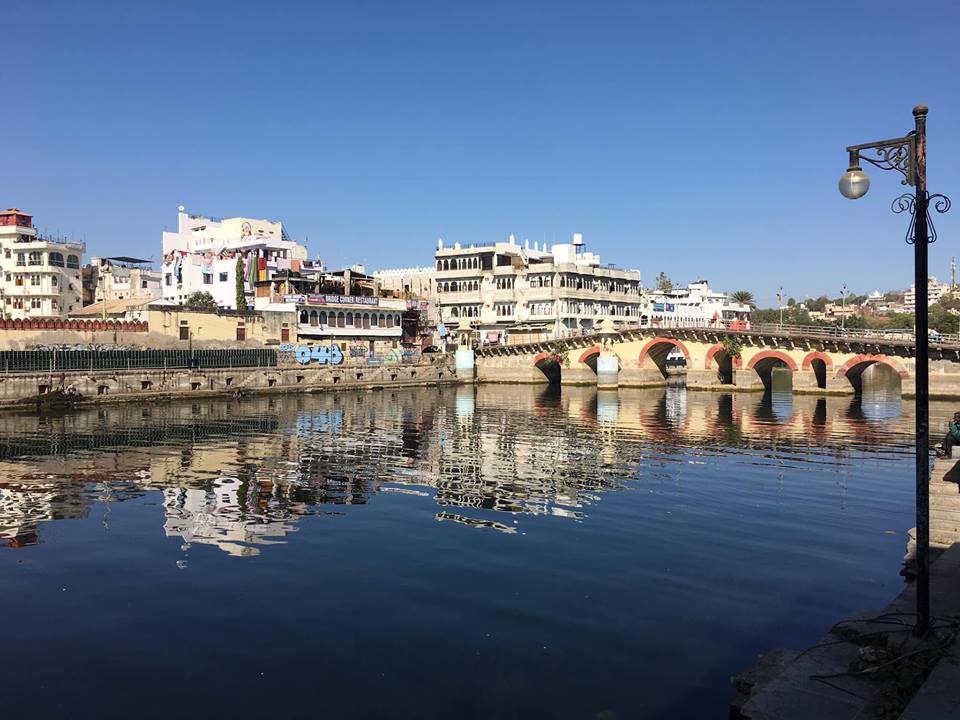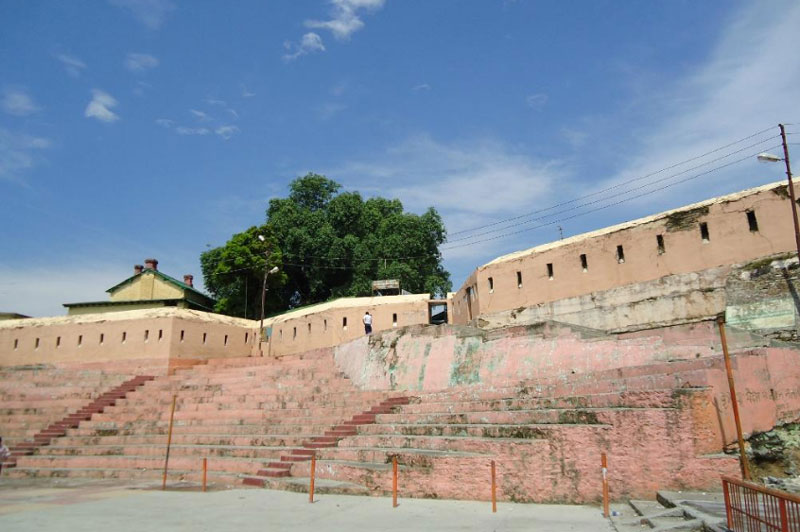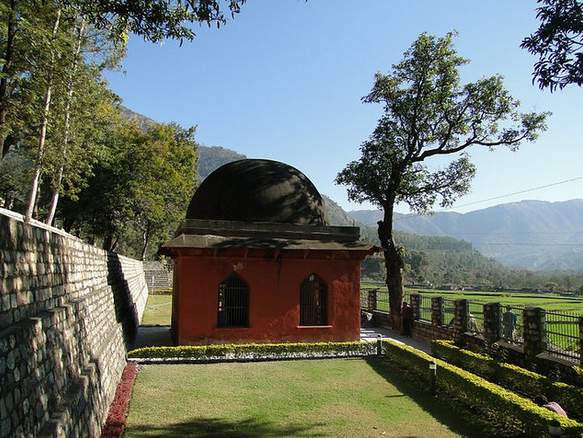St. Joseph, (flourished 1st century CE, Nazareth, Galilee, region of Palestine; principal feast day March 19, Feast of St. Joseph the Worker May 1), in the New Testament, Jesus’ earthly father and the Virgin Mary’s husband. St. Joseph is the patron of the universal church in Roman Catholicism, and his life is recorded in the Gospels, particularly Matthew and Luke.
St. Joseph Church was dedicated on Sunday, December 18, 1892 and officially opened for parochial services on January 1, 1893. The interior measures 100′ x 200′ and 95′ from floor to ceiling, with a seating capacity of 1800 to 2000 people.
The main aisle is 12′ x 150′ long, the longest in New Orleans. The exterior of the building measures 100′ x 225′, and is 150′ from ground to roof. Medallions over the front exterior entrance represent Pope Pius IX and Archbishop Napoleon Perche (1805-1883).
St. Joseph Parish was established in February, 1844 to serve a growing population in the area. The original St. Joseph Church was located on Tulane Avenue, opposite Charity Hospital. It was of medium-size Gothic architecture, with a tall front steeple. The first pastors were diocesan priests, Edward D’Hauw and B. M. Poyet. Archbishop Francis Janssens (1888-1897) renovated the “old” church and in 1895 it was placed under the patronage of St. Katherine. It officially became a center of worship for many Negro Catholics, with the Vincentian Fathers serving in the apostolate to the Negro population. This original St. Joseph church, later called St. Katherine church, was demolished in 1964.
In 1858, the Archdiocese of New Orleans had entrusted the St Joseph Parish to priests of the “Congregation of the Mission” (initials C.M.), also known as “Vincentians” or “Lazarists.” Reverend John Hayden, C.M. was the first of many pastors. In 1859, Father Hayden built a school for boys, taught by Christian Brothers, and in 1864 a school for girls, taught by Daughters of Charity. In 1866, with future plans in mind, Father Hayden purchased the square of ground on which the present building stands. There, the beautiful St. Joseph Church grew to become the Icon of faith and God’s glory that it is today.
About the Vincentians
More than 150 years ago, St Joseph Church was entrusted to Saint Vincent de Paul and the Missioners of the Congregation of the Mission (Vincentians).
Vincent de Paul was born in 1581 in the village of Pouy, France. As a boy he lived among the poor and experienced the conditions under which they lived. For the first half of his life he sought to escape from the poverty of his origins. In 1600 he became a priest, seeking to better himself and help his family. Through the events of his life and with the help of spiritual directors, he was led by divine providence to the service and salvation of the poor. While preaching parish missions in the countryside of France, he became aware that the evangelization of the poor in word and in deed was a most urgent need. He himself held that this was the origin of his vocation and of the Congregation of the Mission.
Vincent de Paul understood that the real Christian life cannot be other than the untiring and impassioned living of charity or, said in another way, charity is mission. Saint Vincent de Paul believed that in imitation of Jesus, the essential mission of Christians and of the Church is the salvation of the poor. That is why he would take as motto for his Congregation Isaiah’s and Saint Luke’s text: ‘The Lard has sent me to preach the Good News to the poor.” And far the Daughters of Charity the text of Saint Paul: “The Charity of Christ urges us.”
The Missioners must live a life adapted to that of the poor. In their manner, in their preaching, in their person, they should avoid all that will make them appear as “great lords” before the poor, benevolent towards the needy and thus creating between them a chasm of separation.
In that way, St. Joseph Church is as St. Vincent, who said, “Let us love God, my Brothers, but let us love Him with all our strength and in the sweat of our brow … there are many who, if they have a recollected exterior, and an interior filled with lofty feelings about God, rest there, but when it comes to deeds, and there is need of action, they stop short. They flatter themselves by the warmth of their imagination; they rest content with the sweet discourses that they have with God in prayer; they even speak to Him as though they were angels. But apart from this, should there be question of serving God, of suffering, of self denial, of instructing the poor, of accepting illness or disgrace, alas! They are nowhere to be found; their courage fails them … My brothers let us not deceive ourselves.”
Construction of the Church

On Sunday, May 9, 1869 at 3:00 p.m. took place the ground breaking ceremony, at which an “immense” crowd attended. On Sunday, October 8, 1871 at 3:00 p.m., the pastor, Father Thomas Smith, C.M. presided at the laying of the cornerstone. For that occasion the orator was the famous “Poet-Priest of the South, Abram Ryan, C.M. The work of construction began in 1869; but between1875 and 1884, had to be suspended because of defects in the foundation. The roof was placed in 1877.
The architect of the building was P. C. Keeley of Brooklyn. The builder was D. M. Foley, Jr. Original plans called for spires on the front towers. Another historical note stated that the contract for building the church was given to Thomas O’Neil of New Orleans, and that he procured the best hard brick for construction. Hearsay informs us that the sculptured faces on the bases of the pillars, on the church porch, recall members of the O’Neil family.
Furnishing and Decoration

On dedication day the new church was an empty shell: bare walls; plain glass windows; wooden altars; no pews.
In 1903 the first four of the ten stained glass windows were placed. The cost of each window was $1,500. In March, 1915 the present marble altar was erected, a gift of Mr. and Mrs. Hugh McManus. It was designed by Augustine O’Callahan of Chicago and placed by Shrader and Sons of St. Louis. (The altar was consecrated on March 19, 1929.)
In 1915, the Crucifixation scene above the main altar was finished by the artist, Joseph B. Hann of Chicago, who painted the canvas set on the wall.
Money for construction and furnishing of the church was obtained from collections and donations, given both by local people and benefactors in other states. It is recorded that Father R. J. Fitzgerald, C. M., a pastor in those days, shortened his life because of excessive labor and anxiety occasioned by the building of the church. The stained glass window of The Nativity was given as a memorial to him.
Later Furnishings

Other decorations and improvements were done in the course of time: the large and small chandeliers hanging from the ceiling; terrazzo flooring; small stained glass windows along the side of the building; painting of the interior – all completed between 1926 and 1930.
In more recent times, the following have been completed: a new roof on the church; redecoration of the interior; tuckpointing and sandblasting of the exterior; installation of an electric, automatic church bell system; small stained glass windows over the doors at the front entrance; and installation of an elevator.













18 Comments
Comments are closed.